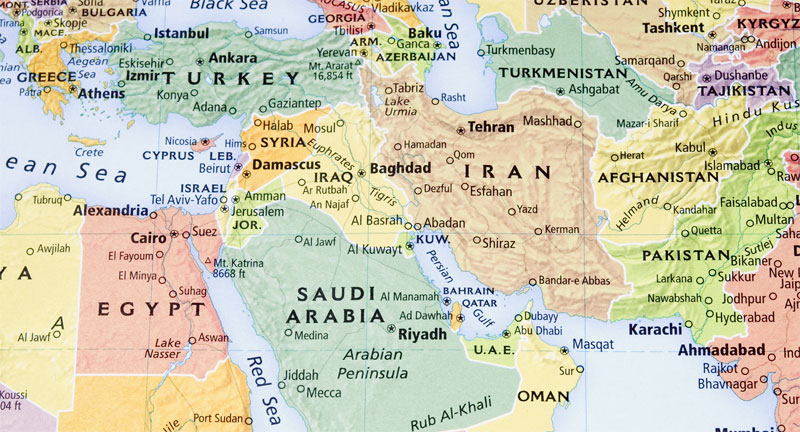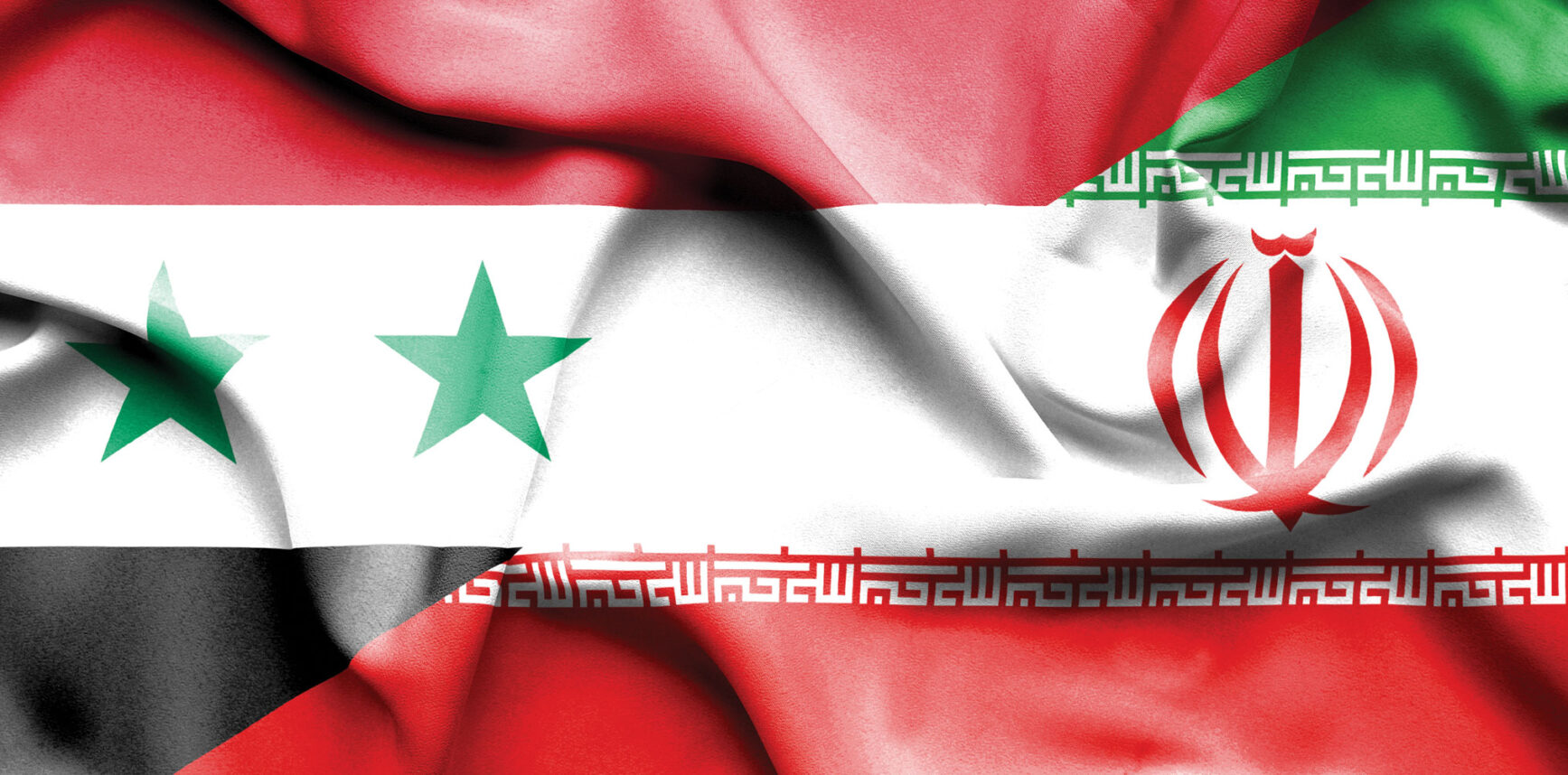Seven-hundred-and-fifty-thousand dollars will pay for three medical trauma units at Tel Aviv’s Sourasky Medical Center, which has treated 500 casualties of terrorist attacks, including those from the Passover massacre in Netanya. One-million dollars buys bulletproof vests for 1,000 volunteer civil guards, who protect their own neighborhoods and often are the first on the scene of a terrorist attack.
As members of the Los Angeles Jewish community open their checkbooks for Israel, they are asking, "Where will the money go?" When photos run in this paper under the title, "The Human Toll of Terror," questions are raised: Does the money go to these specific families? Are we supporting West Bank settlements? How much of the money raised in Los Angeles actually gets to Israelis affected by terror?
After raising more than $7 million in pledges toward a $12 million goal set for the Jews in Crisis campaign, The Federation is getting down to brass tacks (and Kevlar vests). The Jewish Federation has already advanced more than $1 million to emergency services providers in Tel Aviv, even before donor checks have arrived.
The plan is to distribute the bulk of the funds through the national United Jewish Communities (UJC), the umbrella group of Jewish federations. "Our priority is getting these resources where they’re needed," says Federation President John Fishel.
Working with the Israeli government and overseas partner agencies, the Joint Distribution Committee and the Jewish Agency for Israel, UJC has set up a "work group on the Israel emergency" to determine priorities for its emergency funds.
While some organizations may choose to earmark funds for specific projects, Fishel says the money will serve Israel best through the collective power and organized distribution of the professional federations. All funds given to the Jews in Crisis campaign go to recognized charities and communities within the Green Line, but he says, "Some groups in the community are interested in projects over the Green Line. We will facilitate that for them."
Working with its partners in Israel, the Jews in Crisis campaign has already identified groups and institutions that provide services directly to those affected by terrorism. These needs include immediate trauma response — responding both to medical and emotional trauma in the aftermath of an attack. Already, $240,000 has been set aside for two mobile emergency units; another $120,000 will pay for specially equipped trauma centers to treat wounds and burns.
Approximately $2 million is slated for preventative measures, increasing security to prevent injuries. These projects include such necessities as a bulletproof van for transportation for the elderly ($157,000) and a bulletproof school bus ($250,000). This category also includes $500,000 for the Pups for Peace program run by The Golan Fund, a nonprofit group that trains bomb-sniffing dogs.
Another $2 million will go to the National Fund for the Victims of Terror, a program coordinated by the Israeli government that addresses the urgent monetary needs of terror victims and their families. A trauma hotline set up by the Israel Trauma Center for Victims of Terror and War will expand its operations with the help of $75,000 from Los Angeles.
Hundreds of thousands of dollars are also set aside for full-time community workers and rescue, evacuation and other services for the elderly and the disabled. In addition, $175,000 is needed for Taking a Break From Trauma, a program to provide scholarships for teens at schools attended by suicide attack victims. The program provides an "emotional timeout" for affected students.
The Jews in Crisis campaign will also contribute $2.25 million to the Argentine Jewish population.
A December 2001 Forbes Magazine survey rated UJC among the most efficient of the 200 largest charities in America, with 97 percent of its total expenses spent on providing services. The average among the large charities is 84 percent.






















 More news and opinions than at a Shabbat dinner, right in your inbox.
More news and opinions than at a Shabbat dinner, right in your inbox.